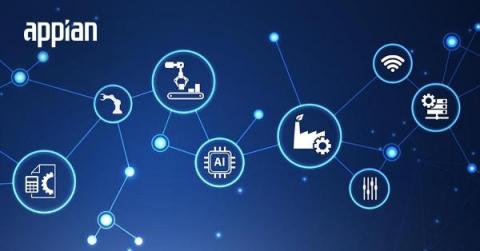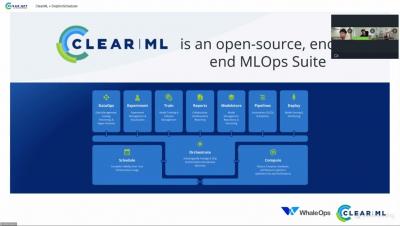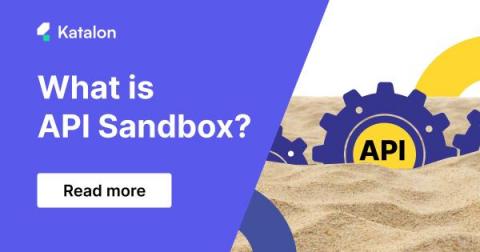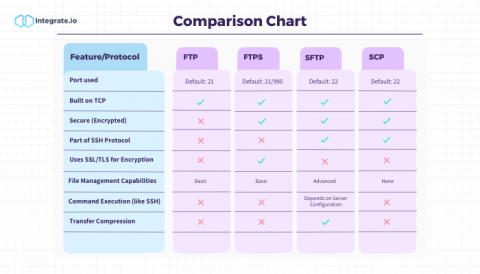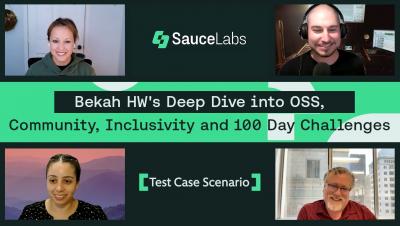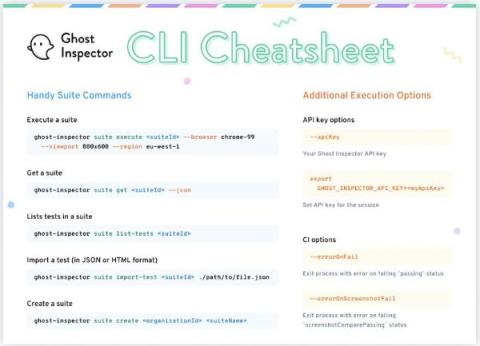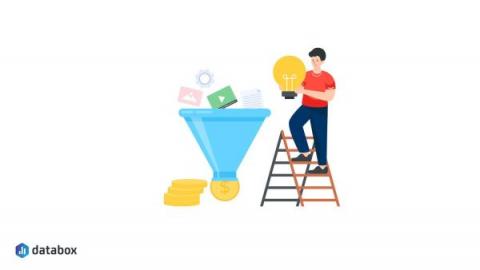Systems | Development | Analytics | API | Testing
%term
Test on iOS 17 Beta in the Sauce Real Device Cloud
Large Language Models: 3 Examples of Problems They Can Solve
Large language models (LLMs) are all the rage, fueled by the release of OpenAI's ChatGPT in late 2022, initially powered by the LLM GPT-3. Aside from the news hype, what can LLMs actually, getting-down-to-brass-tacks, nitty-gritty do for your business? Here, we’ll look at three examples of problems they can solve. But first, a quick definition of LLMs.
[Webinar Recording] ClearML + Apache DolphinScheduler: A New Approach to MLOps Workflows
What is API Sandbox? Definition, Examples, Key Components, Benefits
Application programming interfaces (APIs) serve as the backbone of today’s digital economy. They connect applications and web services with each other to exchange information and deliver thousands of digital experiences to users every day. With such significance, APIs can’t afford to be buggy, and software testers must frequently test them to identify and address potential issues. However, there’s a catch. Sometimes an API is not fully developed, or is simply too expensive to access.
The Complete Guide to FTP, FTPS, SFTP, and SCP
In the digital age, data transfer is integral to operations for businesses of all sizes. While Extract, Transform, and Load (ETL) processes have become fundamental for moving raw data to destinations like data warehouses, the protocols you use to transfer these files can impact the efficiency and security of the entire operation. Dive into our comprehensive guide, as we shed light on the most popular file transfer protocols and their relevance in today's tech landscape.
Beyond Coding - Bekah HW's Deep Dive into OSS, Community, Inclusivity, and 100 Day Challenges
Mastering Test Automation with Command Line Interface + A Free CLI Cheatsheet!
At Ghost Inspector, we are passionate about empowering our users with testing solutions that ensure everything on your website or app works and looks the way it should. Our Command Line Interface (CLI) is one of those solutions, allowing you to simplify the process of scripting interactions with the Ghost Inspector API.
23 Useful .Net Libraries for Your Next Project
Not every development framework is capable of creating a modern application. One of the reasons why.NET is considered one of the best frameworks is because it offers a variety of libraries that can help developers create these modern apps. Its features are also updated using low code and the deployment of high-scalable and accomplished apps.




